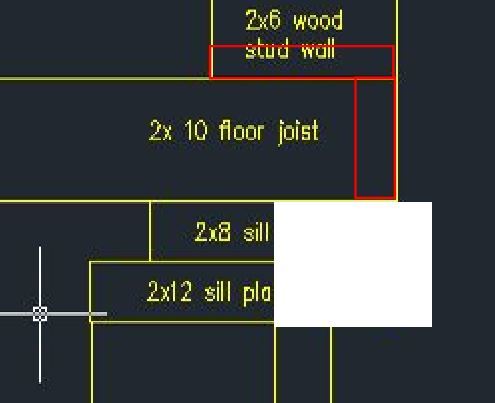jimtheengineer10
Civil/Environmental
- Apr 28, 2012
- 159
A modular home is 27'-8" wide by 52'-0" long. The foundation plan called for the foundation to be 51'-8" long by 27'-4" so 2" rigid insulation could be installed on the outside of the house. The home would bear on 6" of the concrete wall and 2" of rigid insulation.
The contractor, per the home seller's request, installed insulated concrete forms but the outside of the insulation has a dimension of 51'-8" x 27'-4". So basically when the home gets set on the foundation it will extend 2" past the foundation.
If a 2x12 sill plate was installed it would bear on 8" of concrete, 2" of rigid insulation and cantilever out 2". The home comes with a 2x8 sill plate.
Will the 2x12 sill plate be sufficient to carry the load of the home? The roof trusses will also bear on the exterior wall.
A picture is attached to help clarify what I am saying
The contractor, per the home seller's request, installed insulated concrete forms but the outside of the insulation has a dimension of 51'-8" x 27'-4". So basically when the home gets set on the foundation it will extend 2" past the foundation.
If a 2x12 sill plate was installed it would bear on 8" of concrete, 2" of rigid insulation and cantilever out 2". The home comes with a 2x8 sill plate.
Will the 2x12 sill plate be sufficient to carry the load of the home? The roof trusses will also bear on the exterior wall.
A picture is attached to help clarify what I am saying

